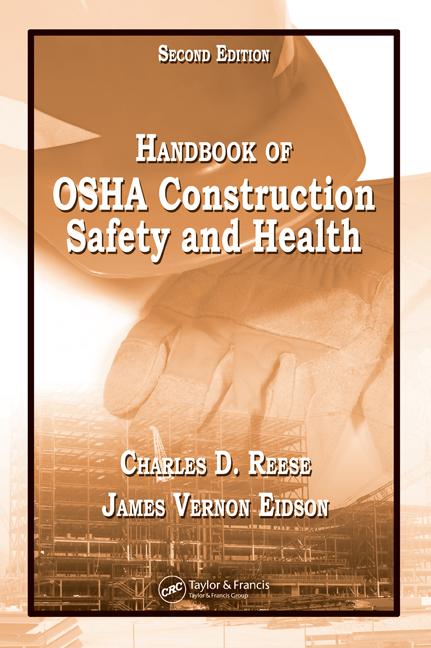 Vibration induced health conditions progress slowly. In the beginning it starts as a pain. As the vibration exposure continues, the pain may develop into an injury or disease. Pain is the first health condition that is noticed and should be addressed in order to stop the injury.
Vibration induced health conditions progress slowly. In the beginning it starts as a pain. As the vibration exposure continues, the pain may develop into an injury or disease. Pain is the first health condition that is noticed and should be addressed in order to stop the injury.
Vibration-induced white finger (VWF) is the most common condition among the operators of hand-held vibrating tools. Vibration can cause changes in tendons, muscles, bones and joints, and can affect the nervous system. Collectively, these effects are known as Hand-Arm Vibration Syndrome (HAVS). The symptoms of VWF are aggravated when the hands are exposed to cold.
Workers affected by HAVS commonly report:
- attacks of whitening (blanching) of one or more fingers when exposed to cold
- tingling and loss of sensation in the fingers
- loss of light touch
- pain and cold sensations between periodic white finger attacks
- loss of grip strength
- bone cysts in fingers and wrists
The development of HAVS is gradual and increases in severity over time. It may take a few months to several years for the symptoms of HAVS to become clinically noticeable.
What are the symptoms of HAVS?
Hand-arm vibration exposure affects the blood flow (vascular effect) and causes loss of touch sensation (neurological effect) in fingers. One of the earliest methods used for identifying the severity of these symptoms was the Taylor-Pelmear classification method. Table 1 shows the Taylor-Pelmear classification of the clinical stages of vibration induced white finger. This classification was widely used in the past.
Source: www.ccohs.ca
Canadian Centre for Occupational Health and Safety







